Table of Contents
Projects
Copyright 2013 by David Nash
All Rights Reserved. No part of this book may be reproduced in any manner without the express written consent of the publisher, except in the case of brief excerpts in critical reviews or articles. All inquiries should be addressed to Skyhorse Publishing, 307 West 36th Street, 11th Floor, New York, NY 10018.
Skyhorse Publishing books may be purchased in bulk at special discounts for sales promotion, corporate gifts, fund-raising, or educational purposes. Special editions can also be created to specifications. For details, contact the Special Sales Department, Skyhorse Publishing, 307 West 36th Street, 11th Floor, New York, NY 10018 or .
Skyhorse and Skyhorse Publishing are registered trademarks of Skyhorse Publishing, Inc., a Delaware corporation.
www.skyhorsepublishing.com
10 9 8 7 6 5 4 3 2 1
Library of Congress Cataloging-in-Publication Data is available on file.
ISBN: 978-1-62873-422-5
Printed in China
Week 1 Shopping List
To Buy:
 1 gallon water (for each person)
1 gallon water (for each person)
 1 jar peanut butter
1 jar peanut butter
 1 large can juice (for each person)
1 large can juice (for each person)
 1 can meat (for each person)
1 can meat (for each person)
 Hand-operated can opener
Hand-operated can opener
 Permanent marking pen
Permanent marking pen
 Pet food, diapers, and baby food, if needed
Pet food, diapers, and baby food, if needed
To Do:
 Find out what kinds of disasters can happen in your area. The easiest way to do this is to talk to your local emergency management agency, but you can also research local history at the library or the local newspaper. This will help focus your preparedness activities by letting you know what threats are realistic and which are not.
Find out what kinds of disasters can happen in your area. The easiest way to do this is to talk to your local emergency management agency, but you can also research local history at the library or the local newspaper. This will help focus your preparedness activities by letting you know what threats are realistic and which are not.
 Date each perishable item using a marking pen.
Date each perishable item using a marking pen.
Project 1:
Bug out Bag (BOB)
Personally, it would take a very severe reason for me to evacuate or bug out from my home in the first place. Leaving the house would entail me having to leave many of my in-place systems and make me more vulnerable to outlaws and well-meaning (and not so well-meaning) bureaucrats.
However, just because I dont want to evacuate from my homestead doesnt mean I wont have to evacuate. I dont want any kind of disaster to befall my family, but measuring risk says I should be prepared just in case. This leads me to the subject of disaster evacuation kits.
Any prepper or interested party with access to the Internet has probably noticed the love of acronyms as they relate to kits and gear. You have BOB, INCH, GOOD, GHB, EDC, IFAK, 72-hour kits, and 1st, 2nd, and 3rd line gear. The confusion just piles on.
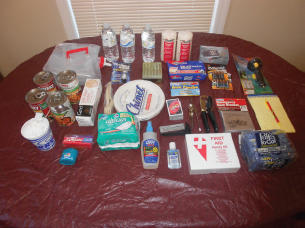
The reality is, its pretty simple: Its all related to the things you need to survive under different scenarios. The concept of a 72-hour kit comes from the US military and is based on the fact that American soldiers are resupplied so often that they only need to be self-sufficient for three days at a time. This level is what the US government recommends for all citizens, because in the event of a federally declared disaster it will take FEMA approximately three days to get a supply system organized to provide relief. A 72-hour kit should have basic cooking, lighting, shelter, water, and food to survive for three days.
EDC, or everyday carry, means the things you have on your body every day. BOB, bob, or B.o.B means Bug Out Bag. A BOB is a small bag that is basically a portable 72-hour kit. The idea is that if a fire or something broke out and you had to leave right now, you can throw on your shoes, grab your BOB, and have whatever essential medicines, food, and clothes you would need. A good idea is to have copies of vital records in your BOB (project 1), so that you wont lose them if you dont have time to dig around in your filing cabinet.
A GHB, or Get Home Bag, is practically the same as a BOB, but philosophically the opposite. A GHB is a portable kit containing the essentials you would need if you had to find an alternate route home if disaster struck while you were away from home. I keep a GHB in my vehicle, as well as my wifes. Due to the nature of cars, my GHB is actually a box that has a lot of stuff for light repairs, minimalist camping, and a walk home. Space and weight are not issues in the car, so I have things in my box that I can pick through to make a bag that best fits my situation.
Many people keep firearms in their GHBs and I understand that; however, if you have an assault rifle or other long arm and change into a multi-cam uniform, youre going to attract unwanted attention. Consider a more concealable approach to defensive weaponry. In a disaster I want to blend in until I have to stand out.
A GOOD bag, or Get out of Dodge bag, is a larger BOB, but still small enough to carry. Its pretty much interchangeable with a BOB, just larger in scope. Some preppers have GOOD trailers or GOOD vehicles that are pre-packed. I use big plastic totes with a color code system.
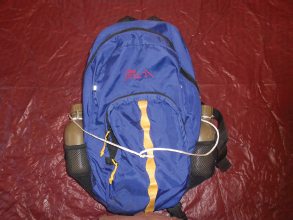
An INCH bag stands for Im Never Coming Home. Its more of a Mad Max/The Road/The Postman type problem where you have to take what you can carry, but all you own is what you take. My INCH bag would contain everything in my GOOD kit, plus extras like my hand-reloading press, more tools, and some small reference materials.
IFAK is an individual first aid kit, also known as an improved first aid kit depending on the branch of service. This individual kit is part of a new military soldier initiative. Its a one-pound kit that addresses major blood loss and airway distress.
Line gear is also a military concept and centers around the gear you would need to complete a mission. Its not exactly applicable to citizen preppers, but it is related.
1st line gear is your EDC and focuses on what you would carry on your person. This would include your clothing, knife, weapon and, maybe a small survival and first aid kit.
2nd line gear is your fighting load, which for me fits in a messenger bag. In this bag I can carry items like a flashlight, a hand-held radio, batteries, and calorie-dense energy bars. It also can go with me almost everywhere and gives me more capability without sacrificing a lot of maneuverability.
3rd line gear is your packsustainment items you need for a longer term. Youre not going to fight wearing your rucksack; you would drop it and depend on your 1st and 2nd line gear during the fight and then go back and get your pack to refill your empty magazines.
It doesnt matter if you use the proper terms; just organize your gear to suit your needs. As long as you understand what youre doing and why youre doing it, you are light years ahead of guys that follow the conventional prepper wisdom and build kits based upon what some Internet guru wrote in a list.
It is important that you take some time to develop a plan that fits into your personal situation. All things being equal, less gear that you can use well and have on you is better than lots of gear you cannot use and do not carry.
Next page
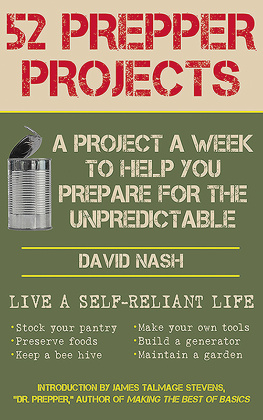
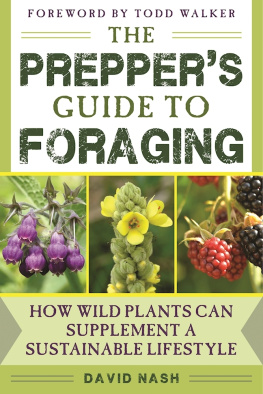
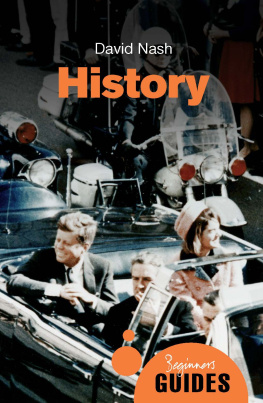
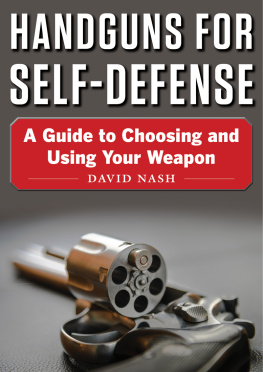
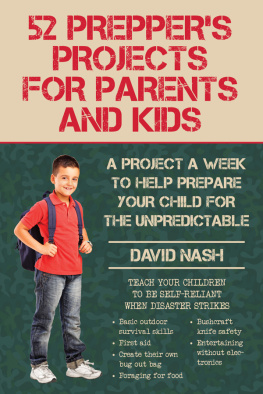
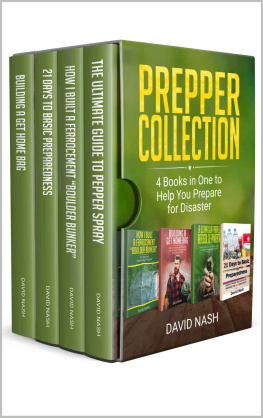
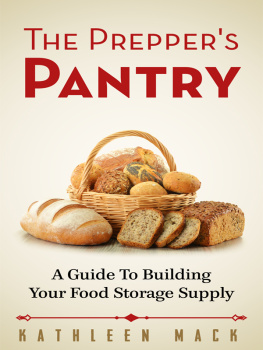

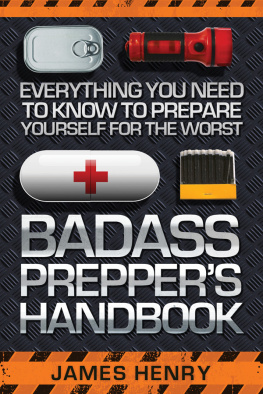

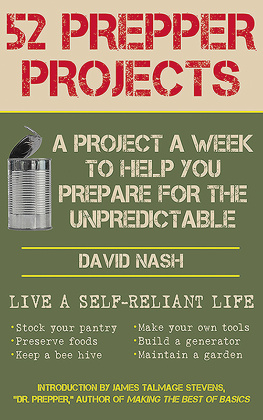
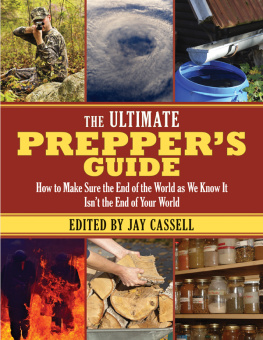
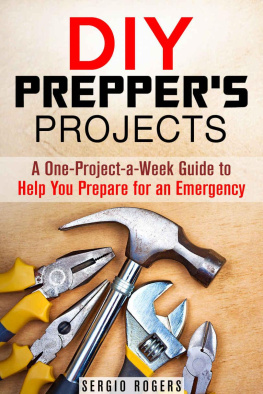
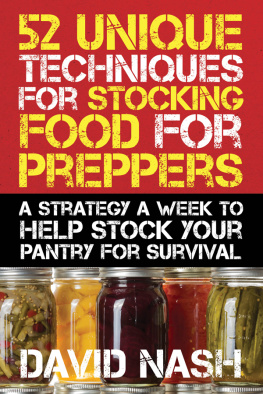
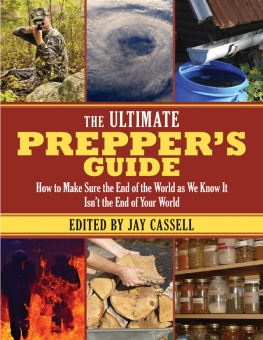
 1 gallon water (for each person)
1 gallon water (for each person)
